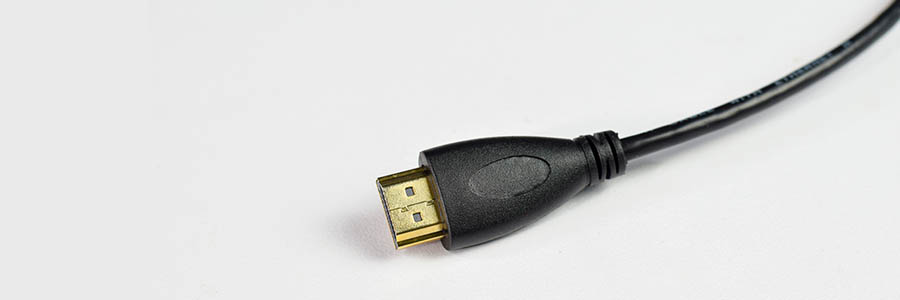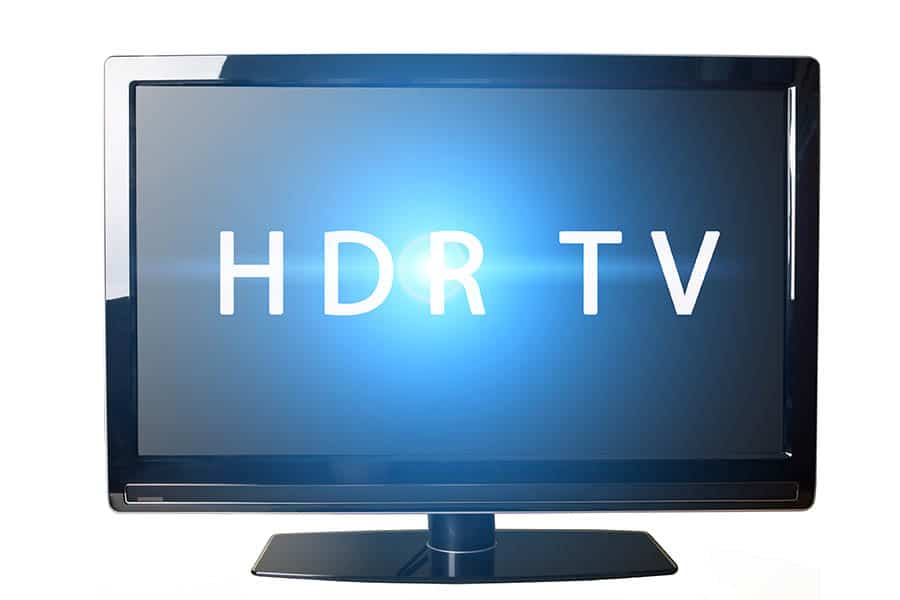When it comes to HDMI cables, most people assume that the cable they’ve got in their home is capable of transmitting any resolution. This includes 4K UHD, which is the current standard when it comes to larger televisions and monitors.
It’s no secret that HDMI cables have taken over as the best way to connect your devices together. This is true whether you’re trying to send a video and audio signal or you’re just trying to send an audio signal on its own, as they have the ability to carry both within just the one cable.
But if you’ve already got HDMI cables at home, can they be used for transmitting 4K? Or will you have to get a newer version if you’ve got old HDMI cables? Well, we’re going to look at the HDMI cables available and find out.
Are all HDMI cables 4K?
The truth is that any HDMI cable that’s been sold within the last decade will be capable of carrying a 4K resolution connection. This means that most of us already have the cables we need if we want to make the switch to 4K.
Whilst at one point in time you might have been able to get a HDMI cable that wouldn’t be able to carry 4K, nowadays all of the modern cables will be able to do this. You don’t really need to worry too much about it – though there are some exceptions.
The average HDMI cable will be able to carry a 4K HDR signal from your set top box, games console or Blu-ray player through to your televison. But, you can get older cables that will only work with 1080p resolution. It’s not always easy to know what’s what, but we’ll look at how you can tell a high speed cable from an older standard HDMI lead.
HDMI Cable Types

Generally, when we’re looking at HDMI cables, they’re split into 4 different categories based on their capabilities. You’ll typically be able to find the type marked on the cable somewhere, or on a sticky label attached to it.
Knowing which is which is going to be key to knowing whether they can transmit 4K or even 8K if you need to in the future too. These are the basic types;
So, if you’re wondering whether your own HDMI cable supports 4K, then all you need to do is check the label.
If it says that it’s High speed or more than this (premium & ultra), then yes, it is going to be able to carry a 4K connection, and you won’t need to worry about getting a new HDMI cable.
Do I need to change my HDMI cable?
In the vast majority of cases, if you have one of the above HDMI cables at home already (high speed or more), then you’re not going to need a new HDMI cable. This is because most of the video content (films and TV) that you’ll want on a 4K TV will be shown at 24 Hz refresh rate. Anything at high speed or more is capable of supporting this.
So, as long as you have a cable that’s 4K capable, then you won’t need to invest in a new one. The only exception here is really gaming, in which case, a better and newer HDMI cable is highly recommended. This will allow you to get a faster refresh rate, which is very important for gamers.
But generally, HDMI isn’t even the fastest type of connection you can get between your game consoles/PC and your monitor. For many people, a HDMI cable won’t be the one to opt for anyway. Instead, a Displayport cable will give you more frames per second if you’re a PC gamer.

Well, these are the official statements and specifications anyway. Much of this will depend on the monitor, as some models seems to be capable of supports a 144 Hz refresh rate with a HDMI cable, even though technically it shouldn’t.
There are a few Viewsonic monitors that spring to mind that can produce 144 Hz even with an older generation HDMI 2.0 cable. But, there are some Benq monitors that can’t run 144 Hz even via a HDMI 2.1 cable – it’s worth doing a little research around the monitor that you’re using.
HDMI cables definitely support up to 120 Hz at the high end, and you’ll definitely see the difference gaming at this refresh rate in comparison to 30 Hz. For most gamers, an Ultra HD (HDMI 2.1) cable will be fast enough.
HDMI 1.4 vs 2.0 vs 2.1

When we’re looking at HDMI cables, they’re generally categorized into different types. This can also be done by looking at the number that’s used with them; 1.4 or 2.0 for example. This is just a reference to the generation of the HDMI cable that’s being released.
The HDMI 1.4 is the last version of the 1.0 that was released all the way back in 2009. It was at this stage that 4K integration was added as a capability of the HDMI cable. So if you have a 1.4 HDMI cable, then it can deliver 4K resolution at a 30 Hz refresh rate.
Now if we fast forward to 2013, this is when the 2.0 version of the HDMI cable was released. There were several improvements added to the HDMI, including the ability to run 4K resolution at 60 Hz instead of just 30 Hz. They also increased the capabilities of transferring data up to 18 Gbps.
And finally, we come to the 2.1 release, which only arrived on the market back in 2017. This was good news for gamers, as it added in 4K resolution at 120 Hz, which is much better for fps when gaming. They also looked to future-proof these cables by giving them up to 10K resolution capabilities.
So, if you go for a 2.1 HDMI cable, you can be pretty sure it’ll see you for the next decade or so without having to worry it’ll become outdated.
Can HDMI cables handle HDR?

Another pretty common question about televisions is how HDR works, and whether you need anything special for it. HDR simply stands for High Dynamic Range, and essentially is used to try and improve both contrast and colour accuracy in your television.
The truth is that any HDMI cable should be capable of working with dynamic HDR standards, so it’s not really something for you to worry about when getting the right cable for your TV. More expensive high speed cables are unlikely to make a difference in the televisions ability to show HDR content.
Why? Well, that’s not really how HDR works. It basically just allows your television to have a greater contrast ratio, which is one of the more important factors to consider when purchasing a new television. This enables a better picture quality, and not just for your blacks either.
You’ll be able to watch in high definition with a 4K HDR TV or a regular TV, with the only difference being in colour and contrast. And yes, any version of HDMI will be able to transmit it.
Conclusion
If you’re watching TV, then you’re probably going to want to watch it in the best quality possible. Although 8K is on the horizon, 4K is the current standard we’re using for premium films and movies, and it’s a great resolution to watch entertainment at.
All in all, the majority of cables that are around nowadays will be compatible with 4K. If your cable is listed as 1.4 or high speed, then it has been released from 2009 onwards and it will be able to produce a 4K resolution.
If you see a label saying High speed, Premium High speed or Ultra high speed, then you’re good to go. If it’s made to these HDMI standards, when it will be capable of producing 4K video resolutions on your ultra HD TV.
But if it’s older than this, then it won’t be able to transmit a 4K resolution video signal. This does mean that not all cables are capable of transmitting 4K content. But the truth is that cables are so cheap now that you can easily pick up a 1.4 cable for a low price.